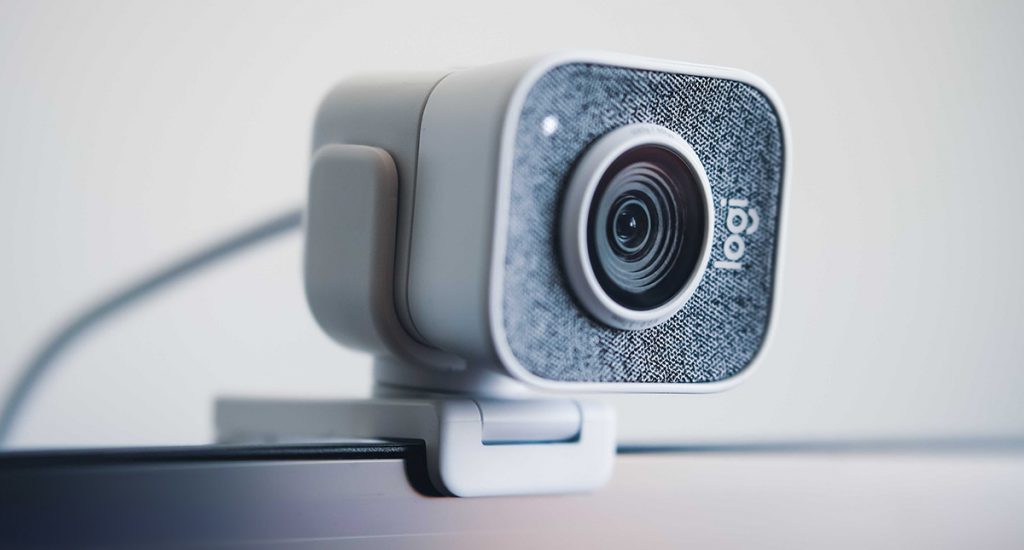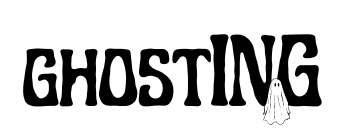As we hopefully approach better times this year, we wanted to look back at the new working phenomenon that saw businesses blur the lines between personal and professional.
From March 2020 until now the corporate world has ploughed on, supported by VPNS, webcams and endless zooms that (let’s be honest) could have been an email! So what will we miss and what will we be glad to leave behind post COVID-19, whenever that might be.
From armpits to armchairs
For many the commute into work provided time to read, listen to music, meditate or even catch up on the latest Netflix series. But for those who took the tube, the commute is slightly different. The scramble, the smells and the side eye were all part of the morning struggle, all before that first hit of caffeine. However, when COVID-19 struck last year, commuting became a euphorically easy journey- bedroom to living room, living room to dining table (or home office if you’re lucky).
A year and a half on, perhaps slightly sadistically, some of us might miss the now nostalgic novelty of commuting to work, craving a routine or silence from the chaos that is home. One thing is for certain, when offices open, I will not have missed the sounds of my many alarms getting me up before light.
Lights, camera, connection problems
There is no doubt that technology has kept commerce going. Although we were mostly reliant before, the pandemic has caused the corporate world to wholly trust technology to keep things moving- which is great, when it works. From muting and unmuting to Wi-Fi wavering it is safe to say that most of us will not miss the technology troubles of working from home – a big shout out to IT support teams! Human connection without the reliance of a virtual connection is something that we have come to appreciate and hope to embrace when we are able to.
Working through the looking glass
From the hustle and bustle of the city to the rustle and bustle of home, in order to keep business going we all very quickly needed to find a domestic space to work. What might have started out as a fine-tuned routine quickly shifted to a last-minute brushing of teeth, sliding into the comfiest form of clothing and grabbing a coffee before your morning call, one minute away. The truth is, it’s been a tough year and a half. For many, the professional hat undertook a metamorphosis into the hat of a professor, the hat of a parent, carer, chef and entertainer, all whilst you are trying to log into the work VPN for the third time in one hour. Chaos ensued and the struggle for control of this chaos continues to be a balancing act. However, there might be a positive outcome to the strife and stress of working from home. Never before has the corporate world had such a ‘peeping’ access into the lives of its employees, albeit via a small dot on the top of your screen. Whilst on the surface this appears an invasive trespass of working life into a very private and personal space, the very obligation to work from home has arguably humanised the corporate cog-machine. Mental health, although still a long way to go, is being seen as important as physical health, a new level of trust is being established between colleagues and employers and there seems to be a genuine concern and interest in the question “how are you this morning?” The involuntary action of having to ‘host’ business meetings in your lounge, bedroom or kitchen has started a new discourse of voluntarily communicating about how you feel, your home life and the realities of working from home.
With this being said the blurring of lines means that it is not only the 9-5 workday that is now long gone, but also the formalities that follow when emailing or calling someone outside of their normal working hours too. Data from NordVPN which tracks when users connect and disconnect from its service, found that in the US, workers are logging on average three more hours per day compared to pre- lockdown and in the UK, France and Spain this has increased to an additional two hours per day. The biggest problem for employees is the feeling of no escape, no off button, no disconnect. During a lockdown situation employees feel they have no legitimate reason not to be online or available, added with the fact many have turned living spaces in to makeshift offices- switching off from work can feel near enough impossible. It is clear that balance is key, with the pandemic knocking the balance off the scales. More positively, statistics collated by YouGov detail that “most workers want to be able to work from home post coronavirus, at least some of the time,” could this blended way of working drive all industries (from stubborn to start-up) out of the habits of a burn-out generation to a healthier, open, and balanced working life- where there is a choice to work in a way that’s best for you?
What’s next?
With vaccinations on the rise and more positive news (albeit small) reported daily. Perhaps the most important part of the changes in the corporate environment are the conversations that we are having. We hope that in this week’s article we have posed some food for thought on what the professional world looks like now and what it could look like after the pandemic.
Read the article and comment on LinkedIn



